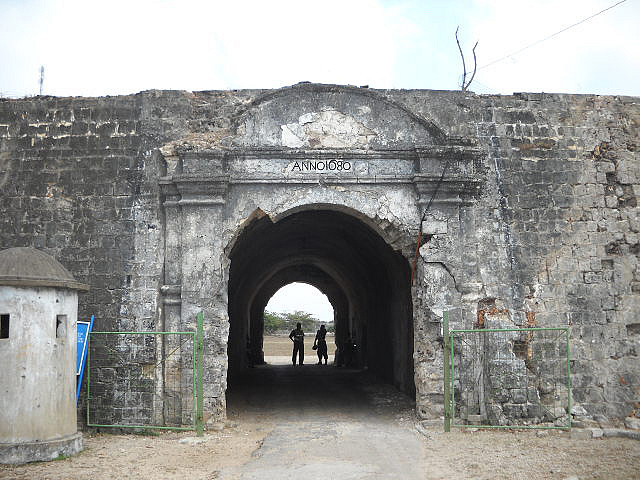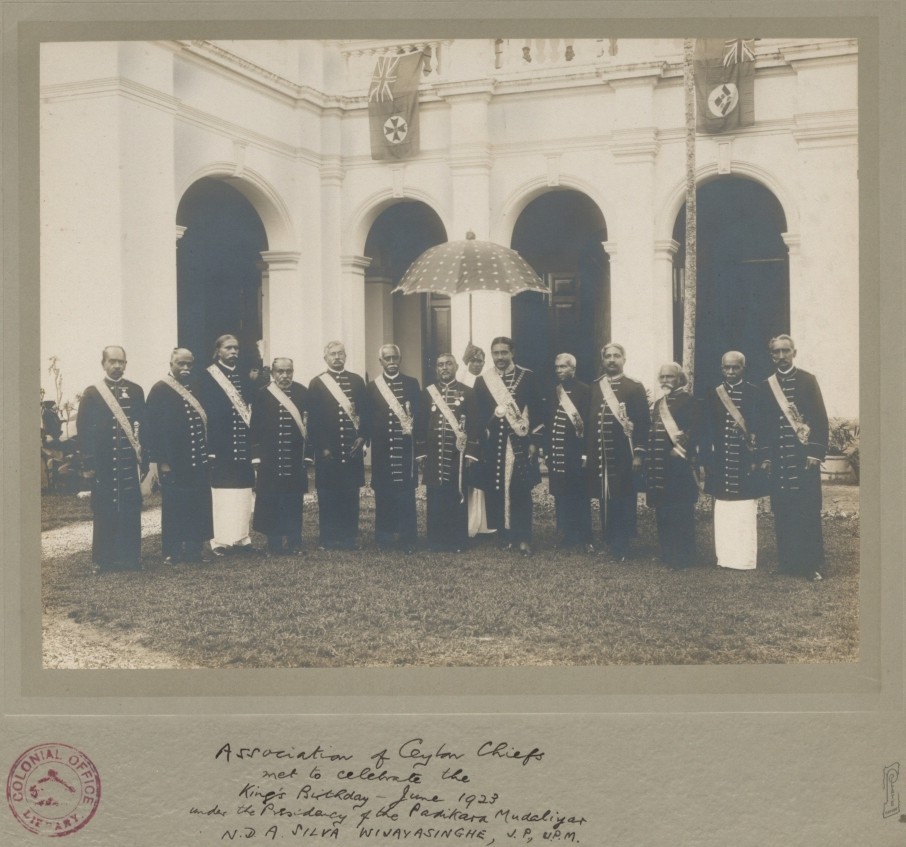|
Velakkai Pillaiyar Temple
Manipay Velakkai Pillaiyar Temple is a temple in the town of Manipay, Jaffna, Sri Lanka devoted to the Hindu deity, Murugan. The temple was built by Gate Mudaliyar Sivakolundu of Manipay and has been kept in the hands of his descendants to this day. Revenue for the temple is relatively low as compared to other temples on the island considering its location in a relatively unpopulated area; consequently, its upkeep and festivities is mainly paid for by the trustees of the temple and their family members, all of whom are descendants of Mudaliyar Sivakolundu. Trustees See also *Hinduism in Sri Lanka *Manipay Manipay or Maanippaai ( ta, மானிப்பாய்) is an affluent town in the northern Jaffna District of Sri Lanka. The original name of Manipay is Periyapulam. It was a mission location when the American Ceylon Mission (ACM) came to S ... Notes External links {{coord missing, Sri Lanka Hindu temples in Jaffna District Murugan temples in Sri Lanka ... [...More Info...] [...Related Items...] OR: [Wikipedia] [Google] [Baidu] |
Sri Lanka
Sri Lanka (, ; si, ශ්රී ලංකා, Śrī Laṅkā, translit-std=ISO (); ta, இலங்கை, Ilaṅkai, translit-std=ISO ()), formerly known as Ceylon and officially the Democratic Socialist Republic of Sri Lanka, is an island country in South Asia. It lies in the Indian Ocean, southwest of the Bay of Bengal, and southeast of the Arabian Sea; it is separated from the Indian subcontinent by the Gulf of Mannar and the Palk Strait. Sri Lanka shares a maritime border with India and Maldives. Sri Jayawardenepura Kotte is its legislative capital, and Colombo is its largest city and financial centre. Sri Lanka has a population of around 22 million (2020) and is a multinational state, home to diverse cultures, languages, and ethnicities. The Sinhalese are the majority of the nation's population. The Tamils, who are a large minority group, have also played an influential role in the island's history. Other long established groups include the Moors, the Burghers ... [...More Info...] [...Related Items...] OR: [Wikipedia] [Google] [Baidu] |
Northern Province, Sri Lanka
The Northern Province ( ta, வட மாகாணம் ''Vaṭa Mākāṇam''; si, උතුරු පළාත ''Uturu Paḷāta'') is one of the nine provinces of Sri Lanka, the first level administrative division of the country. The provinces have existed since the 19th century but did not have any legal status until 1987 when the 13th Amendment to the Constitution of Sri Lanka established provincial councils A province is a geographic region within Gaelic games, consisting of several County (Gaelic games), counties of the Gaelic Athletic Association (GAA) and originally based on the historic four provinces of Ireland as they were set in 1610. Provin .... Between 1988 and 2006 the province was temporarily Merger (politics), merged with the Eastern Province, Sri Lanka, Eastern Province to form the North Eastern Province, Sri Lanka, North Eastern Province. The Capital city, capital of the province is Jaffna. The majority of the Sri Lankan Civil War occurred in this province ... [...More Info...] [...Related Items...] OR: [Wikipedia] [Google] [Baidu] |
Manipay
Manipay or Maanippaai ( ta, மானிப்பாய்) is an affluent town in the northern Jaffna District of Sri Lanka. The original name of Manipay is Periyapulam. It was a mission location when the American Ceylon Mission (ACM) came to Sri Lanka in the 19th century. Dr. Samuel Fisk Green founded the Green Memorial Hospital in 1864 in this village. It was also known as ''Manipai''. There are number of schools in the village, some of which were founded by ACM. The 104-year-old Manipay Hindu College and the 53-year-old Manipay Hindu Ladies College, both High Schools, are prominent. The village also contains Hindu temples and churches. The Manipay Maruthady Pillaiyar Temple stands out. Manipay is often referred to as the Colombo 7 of Jaffna as much of the Tamil community who had historically lived in the elite Cinnamon Gardens in Colombo originally hailed from Manipay. Famous Manipay Residents Manipay has historically been the home or ancestral home of many significant in ... [...More Info...] [...Related Items...] OR: [Wikipedia] [Google] [Baidu] |
Jaffna
Jaffna (, ) is the capital city of the Northern Province of Sri Lanka. It is the administrative headquarters of the Jaffna District located on a peninsula of the same name. With a population of 88,138 in 2012, Jaffna is Sri Lanka's 12th most populous city. Jaffna is approximately from Kandarodai which served as an emporium in the Jaffna peninsula from classical antiquity. Jaffna's suburb Nallur served as the capital of the four-century-long medieval Jaffna Kingdom. Prior to the Sri Lankan Civil War, it was Sri Lanka's second most populous city after Colombo. The 1980s insurgent uprising led to extensive damage, expulsion of part of the population, and military occupation. Since the end of civil war in 2009, refugees and internally displaced people began returning to homes, while government and private sector reconstruction started taking place. Historically, Jaffna has been a contested city. It was made into a colonial port town during the Portuguese occupation of the J ... [...More Info...] [...Related Items...] OR: [Wikipedia] [Google] [Baidu] |
Murugan
Kartikeya ( sa, कार्त्तिकेय, Kārttikeya), also known as Skanda, Subrahmanya, Shanmukha (), and Murugan ( ta, முருகன்), is the Hindu god of war. He is the son of Parvati and Shiva, the brother of Ganesha and a god whose legends have many versions in Hinduism. Kartikeya has been an important deity in the Indian subcontinent since ancient times, worshipped as Mahasena and Kumara in North India and is predominantly worshipped in the state of Tamil Nadu and other parts of South India, Sri Lanka, Singapore, and Malaysia as Murugan. Murugan is widely regarded as the "God of the Tamil people". It has been postulated that the Tamil deity of Murugan was syncretised with the Vedic deity of Subrahmanya following the Sangam era. Both Muruga and Subrahmanya refer to Kartikeya. The iconography of Kartikeya varies significantly; he is typically represented as an ever-youthful man, riding or near an Indian peafowl, called Paravani, bearing a vel and so ... [...More Info...] [...Related Items...] OR: [Wikipedia] [Google] [Baidu] |
Dravidian Architecture
Dravidian architecture, or the South Indian temple style, is an architectural idiom in Hindu temple architecture that emerged from South India, reaching its final form by the sixteenth century. It is seen in Hindu temples, and the most distinctive difference from north Indian styles is the use of a shorter and more pyramidal tower over the garbhagriha or sanctuary called a vimana, where the north has taller towers, usually bending inwards as they rise, called shikharas. However, for modern visitors to larger temples the dominating feature is the high gopura or gatehouse at the edge of the compound; large temples have several, dwarfing the vimana; these are a much more recent development. There are numerous other distinct features such as the ''dwarapalakas'' – twin guardians at the main entrance and the inner sanctum of the temple and ''goshtams'' – deities carved in niches on the outer side walls of the garbhagriha. Mentioned as one of three styles of temple building in t ... [...More Info...] [...Related Items...] OR: [Wikipedia] [Google] [Baidu] |
Hindu
Hindus (; ) are people who religiously adhere to Hinduism.Jeffery D. Long (2007), A Vision for Hinduism, IB Tauris, , pages 35–37 Historically, the term has also been used as a geographical, cultural, and later religious identifier for people living in the Indian subcontinent. The term ''"Hindu"'' traces back to Old Persian which derived these names from the Sanskrit name ''Sindhu'' (सिन्धु ), referring to the river Indus. The Greek cognates of the same terms are "''Indus''" (for the river) and "''India''" (for the land of the river). The term "''Hindu''" also implied a geographic, ethnic or cultural identifier for people living in the Indian subcontinent around or beyond the Sindhu (Indus) River. By the 16th century CE, the term began to refer to residents of the subcontinent who were not Turkic or Muslims. Hindoo is an archaic spelling variant, whose use today is considered derogatory. The historical development of Hindu self-identity within the local In ... [...More Info...] [...Related Items...] OR: [Wikipedia] [Google] [Baidu] |
Sri Lankan Mudaliyars
Mudali (or Mudaliyar) was a colonial title and office in Ceylon (now Sri Lanka) which was part of the native headman system. The Portuguese colonials created the Mudaliyar class in the 17th century by enlisting natives of different castes from the coastal areas. The Dutch continued the practice of the Portuguese. This class used the ''Mudali'' as a hereditary title, however the British re-established a Mudaliyar class, with appointments that had the title of Mudali, this process was stopped in the 1930s when the Native Department of the British government of Ceylon was closed down. All official and titular appointments of Mudaliyars were made by the Governor of Ceylon. Appointments were non-transferable and usually hereditary, made to locals from wealthy influential families loyal to the British Crown. The members of this group formed a unique social group called the Sri Lankan Mudaliyars and associated with older Radala caste. At present, the post of Court Mudliar remain in ... [...More Info...] [...Related Items...] OR: [Wikipedia] [Google] [Baidu] |
Hinduism In Sri Lanka
Hinduism is one of Sri Lanka's oldest religions, with temples dating back over 2,000 years. , Hindus made up 12.6% of the Sri Lankan population. They are almost exclusively Tamils, except for small immigrant communities from India and Pakistan (including the Sindhis, Telugus and Malayalees). According to the 1915 census, Hindus made up about 25% of the Sri Lankan population (including indentured labourers brought by the British). Hinduism predominates in the Northern and Eastern Provinces (where Tamils remain the largest demographic), the central regions and Colombo, the capital. According to the 2011 census, there are 2,554,606 Hindus in Sri Lanka (12.6% of the country's population). During the Sri Lankan Civil War, many Tamils emigrated; Hindu temples, built by the Sri Lankan Tamil diaspora, maintain their religion, tradition and culture. Most Sri Lankan Hindus follow the Shaiva Siddhanta school of Shaivism, and some follow Shaktism. Sri Lanka is home to the five abod ... [...More Info...] [...Related Items...] OR: [Wikipedia] [Google] [Baidu] |
Hindu Temples In Jaffna District
Hindus (; ) are people who religiously adhere to Hinduism.Jeffery D. Long (2007), A Vision for Hinduism, IB Tauris, , pages 35–37 Historically, the term has also been used as a geographical, cultural, and later religious identifier for people living in the Indian subcontinent. The term ''"Hindu"'' traces back to Old Persian which derived these names from the Sanskrit name ''Sindhu'' (सिन्धु ), referring to the river Indus. The Greek cognates of the same terms are "''Indus''" (for the river) and "''India''" (for the land of the river). The term "''Hindu''" also implied a geographic, ethnic or cultural identifier for people living in the Indian subcontinent around or beyond the Sindhu (Indus) River. By the 16th century CE, the term began to refer to residents of the subcontinent who were not Turkic or Muslims. Hindoo is an archaic spelling variant, whose use today is considered derogatory. The historical development of Hindu self-identity within the local Ind ... [...More Info...] [...Related Items...] OR: [Wikipedia] [Google] [Baidu] |




.jpg)
